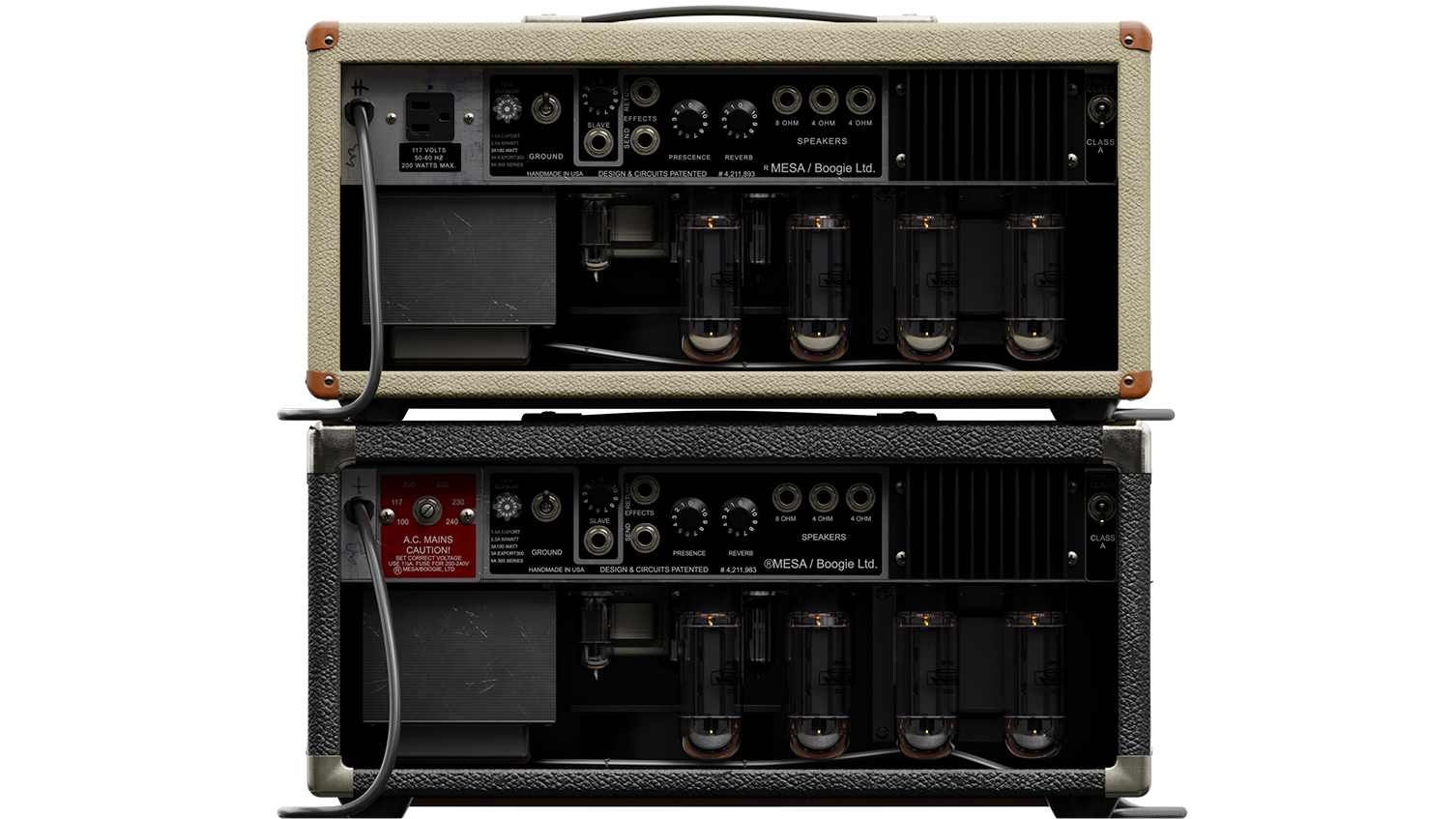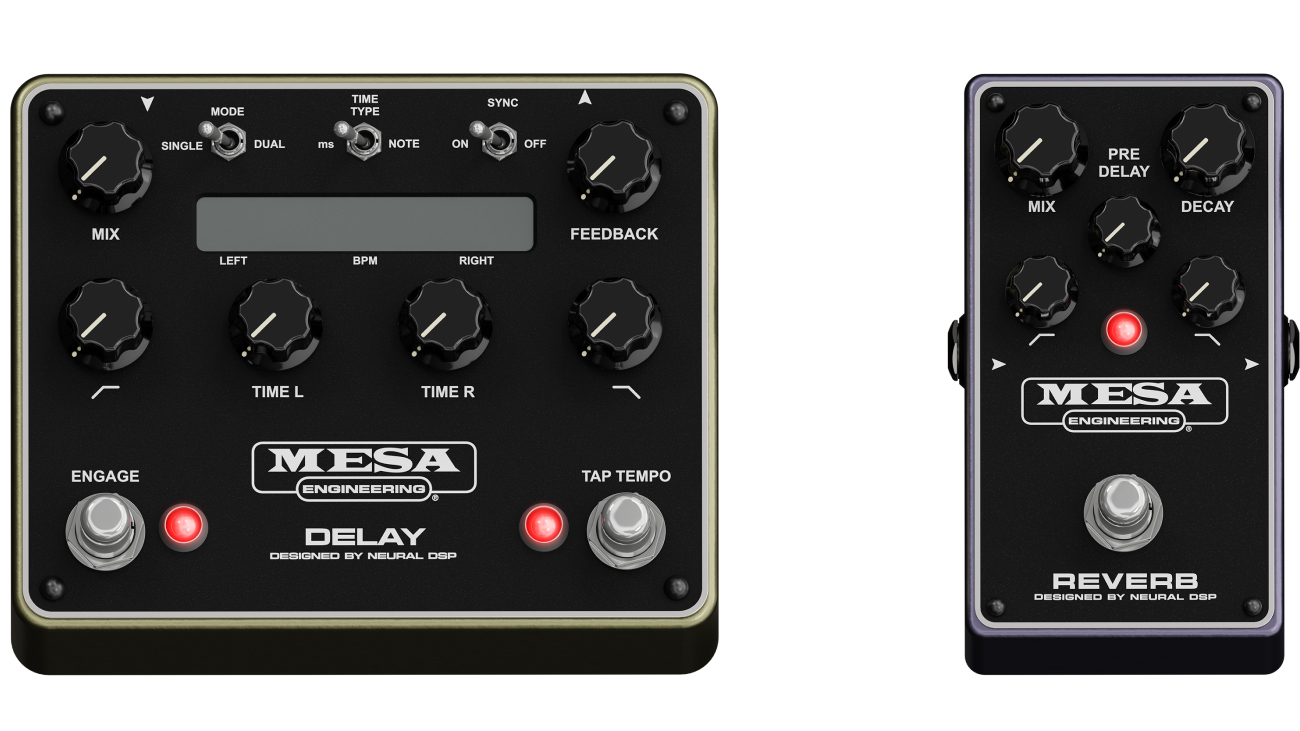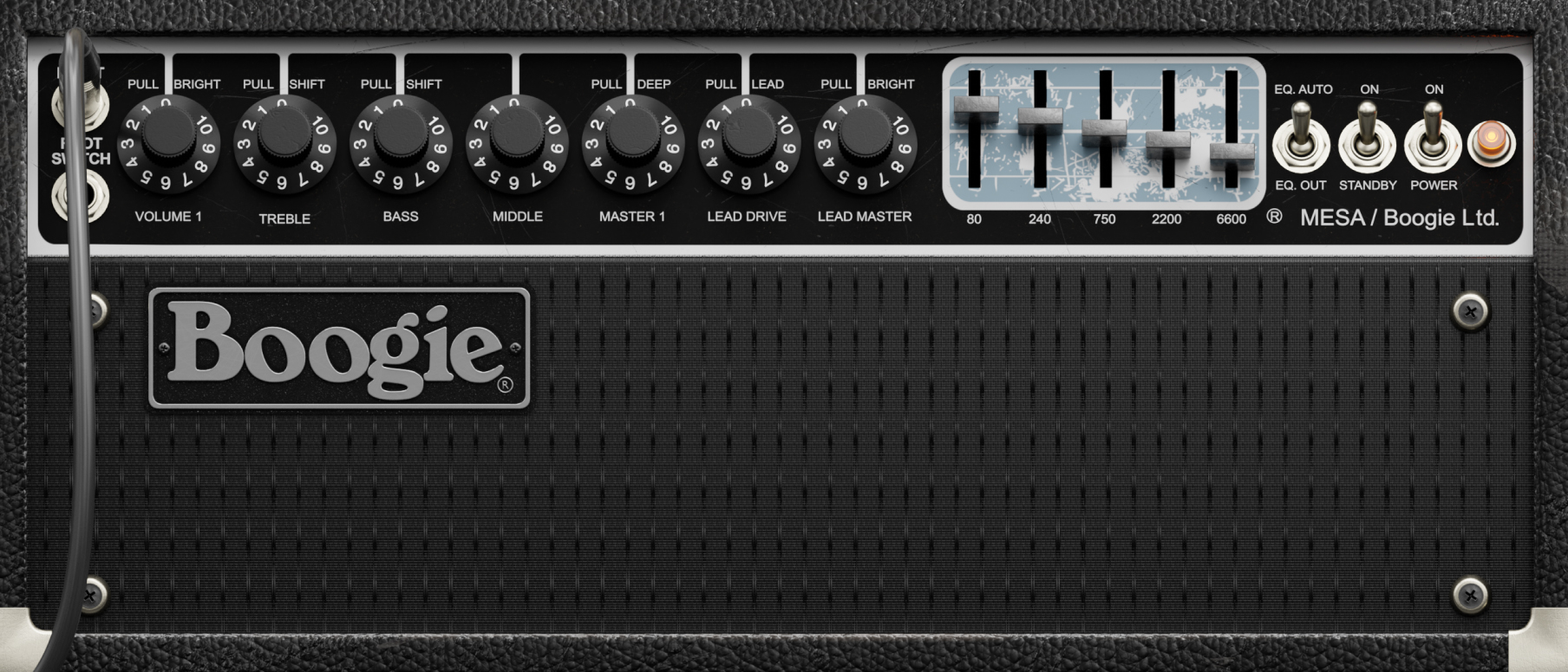MusicRadar Verdict
It’s been several years now since amp modelling and simulation hit the point of being indistinguishable from the real thing. Even so, there’s more dynamic and less dynamic options, just as there are with real amps. The IIC+ is exceptionally dynamic and fun. Beyond studio and recording use, it’s a blast to plug into and play, which surely is a triumph in itself
Pros
- +
Dynamic and fun
- +
Nails the legendary clean channel
- +
Excellent high-gain tones
Cons
- -
Some may think it expensive for just two amps
MusicRadar's got your back
Neural DSP Archetype Mesa Boogie Mark IIC+ Suite: What is it?
The short-lived Mesa IIC+ is one of the most famous studio amps of all time, despite having been in production for a mere 14 months in the mid-eighties.
Besides a huge number of recording credits from bands, it has additional notches from session legends like Mike Landau, Steve Lukather and Dean Parks.
All the famous users since, as well as a certain John Petrucci, whose own signature amp is based on it, have seen used prices skyrocketing beyond the reach of mere mortals. So how does the new Neural plugin stack up?

Neural DSP Archetype Mesa Boogie Mark IIC+ Suite: Performance and verdict
The user interface is great, and like the real amp everything is self-explanatory on the front panel. Dialling in a good tone takes only a few seconds. The original was famed for its clean channel, and this is an excellent recreation. Switching to the pedalboard tab reveals 4 Mesa pedals in front of the amp. A gentle compressor paired with the Tube Screamer-like Overdrive-1 set up as a boost makes it sing, with just a hair of tube saturation. Putting a real boost pedal in front of the audio interface improves things even further once we’ve adjusted the input trim. There’s a couple of post-FX, a BBD delay and a reverb, for extra versatility. In studio most people will have plugins they lean on, so this is most useful in standalone mode.

The mythic status of the clean channel notwithstanding, it’s the gain that steals the show. When cranked up, thick yet punchy distortion is easy to dial in. Again, gain staging is the name of the game, using either real kit or the pedal options that come built in. We had a lot of fun with bridge single coils, but it ripped when paired with humbuckers. From low gain, classic humbuckers all the way through to active pickups, the IIC+ handled whatever we could throw at it. Thanks to the expressive EQ of the amp it models, all we had to do was apply small cuts as we moved between guitars.
The microphone and cab modelling is straightforward to use, and in any case the defaults are solid. We didn’t venture too far from a pair of condenser and dynamic, but there’s many different mic options, as well as hundreds of Mesa IRs for the cabs. Though they sound good, you may want to customise and load your own, which is supported too. On the rear panel, there’s topology switching, and a presence control, but not as much pure customisation as a competitor like BIAS amp.

One of the legendary rhythm tones created with the IIC+ was Metallica’s Master of Puppets. They didn’t use the amp stock, however, and put a noise gate and EQ in the effects loop. To aid with these kinds of post-EQ tweaks, there’s a 9-band EQ available for advanced tone shaping. Perhaps due to familiarity with flesh-and-blood Mesas, we didn’t reach for this other than to cut a bit of bass out when picking up a seven-string. The plugin also has a IIC++ mode, useful for extended-range work. This factory mod resulted in a redesigned preamp for extra gain and tighter bass response.
Want all the hottest music and gear news, reviews, deals, features and more, direct to your inbox? Sign up here.
The built-in gate positioning is fixed, but it’s set up to cut out amp hum as well, allowing for silent operation when recording. It handles gain stages in front pretty well, never getting overwhelmed. Even so, it works best at the most subtle end its range. Most players that really need a noise gate will either have a preferred pedal or plugin that they rely on. More interesting on the front panel meta options is the doubler. At subtle settings it can thicken up rhythm parts nicely, getting into more extreme double-tracked territory when cranked. It’s a cool feature, especially when running the IIC+ in standalone mode for jamming. Still, we’re suspicious enough of potential phase issues that for recording we’d reach for a dedicated plugin.
MusicRadar verdict: It’s been several years now since amp modelling and simulation hit the point of being indistinguishable from the real thing. Even so, there’s more dynamic and less dynamic options, just as there are with real amps. The Neural IIC+ is exceptionally dynamic and fun. Beyond studio and recording use, it’s a blast to plug into and play, which surely is a triumph in itself.
Neural DSP Archetype Mesa Boogie Mark IIC+ Suite: The web says
"All in all, Neural DSP’s Mesa/Boogie Mark IIC+ Suite is an impressive package that does justice to its premise of giving you state of the art digital recreations of two great amplifiers, and the necessary virtual gear to make good use of them."
Sound Bytes
"Neural DSP’s latest €99 plugin once again proves it’s not messing about when it comes to amp modelling."
Guitar
Neural DSP Archetype Mesa Boogie Mark IIC+ Suite: Hands-on demos
Neural DSP
Rabea Massaad
Amps, Pedals & Pickups
ArnoldPlaysGuitar
Neural DSP Archetype Mesa Boogie Mark IIC+ Suite: Specifications
- Format: 64-bit VST/AAX/AU/Standalone
- OS requirements: recent OSX or Windows, compatible with Apple Silicon
- Features: 2 amp models, 6 pedals, 10 mics, 3 cabs, IR loader, noise gate, doubler, 9-band EQ
- CONTACT: Neural DSP
Alex Lynham is a gear obsessive who's been collecting and building modern and vintage equipment since he got his first Saturday job. Besides reviewing countless pedals for Total Guitar, he's written guides on how to build your first pedal, how to build a tube amp from a kit, and briefly went viral when he released a glitch delay pedal, the Atom Smasher.

